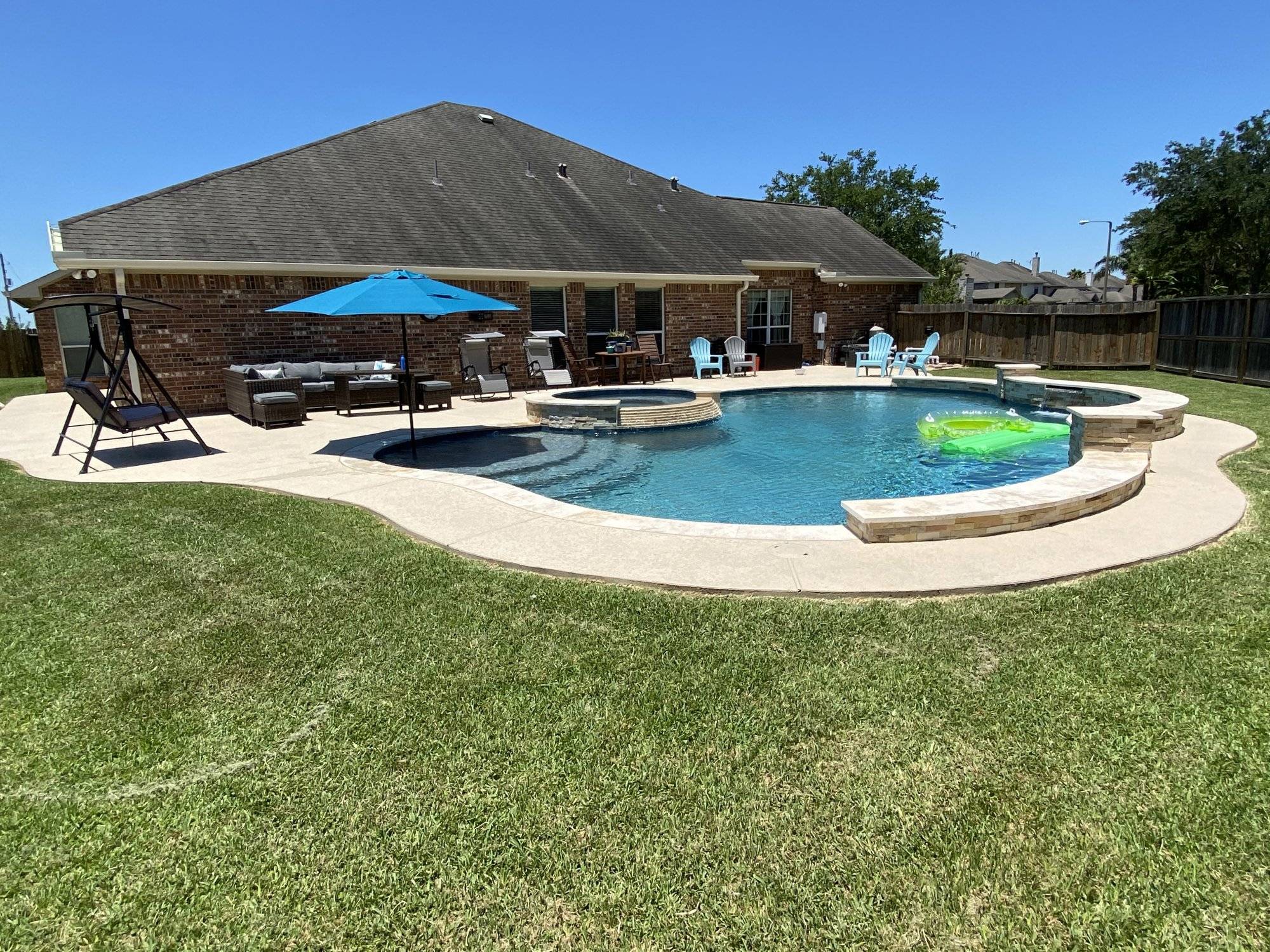Thanks mguzzy. I wish I could help more, but there are hours of podcast time to listen to in order to get a good understanding of what exactly they're talking about and voting on exactly with some of these proposals.
Thanks for analyzing the study results mgtfp. That clears things up a bunch for me. The committees conclusions and set up info is in plain language, but when they get in to the meat of the data collection and results, I get lost.
All I can say about the max fc reduction proposal is that it came from the stabilizer ad hoc committee that Richard chairs to move it in a lower allowed direction. The wording in the summary of this dicussion on this proposal confused me as to what they are actually proposing from a guidance standpoint (is it a true max or just for certain situations). If it is what it seems to be, that's disturbing. What makes it even more confusing is how max fc at 5 would work combined with the proposal in the next paragraph.
What's even more disturbing than limiting fc to 5 on the upper end is the discussion to allow operators to allow cya as high as 200 as long as they can maintain the ratio at 30. If something like this goes through, it would sort of support the way retailers like Leslie's views high cya; basically as harmless and they'd have the MAHC to back up their belief. I just wonder what is behind this thinking with the TRC members. Seems backwards; and it seems to support the status quo for the residential side of things or even worse. I think the main sticking point to not allow this proposal was the ability for operators to actually measure things accurately with cya and fc that high. If it weren't for that, it may have gotten more yes votes.
I agree that the ratio being validated as the proper way to sanitize chlorinated pools is a huge deal; validates the outcasted BBB/TFP methodology that we all know is correct, but I'm disappointed in the final allowed ratio. Well; it's not really final. They'll be a comment period and the draft will go to a CDC committee; but I think that those TRC votes are the crutial step towards a changed MAHC document.
Thanks for analyzing the study results mgtfp. That clears things up a bunch for me. The committees conclusions and set up info is in plain language, but when they get in to the meat of the data collection and results, I get lost.
All I can say about the max fc reduction proposal is that it came from the stabilizer ad hoc committee that Richard chairs to move it in a lower allowed direction. The wording in the summary of this dicussion on this proposal confused me as to what they are actually proposing from a guidance standpoint (is it a true max or just for certain situations). If it is what it seems to be, that's disturbing. What makes it even more confusing is how max fc at 5 would work combined with the proposal in the next paragraph.
What's even more disturbing than limiting fc to 5 on the upper end is the discussion to allow operators to allow cya as high as 200 as long as they can maintain the ratio at 30. If something like this goes through, it would sort of support the way retailers like Leslie's views high cya; basically as harmless and they'd have the MAHC to back up their belief. I just wonder what is behind this thinking with the TRC members. Seems backwards; and it seems to support the status quo for the residential side of things or even worse. I think the main sticking point to not allow this proposal was the ability for operators to actually measure things accurately with cya and fc that high. If it weren't for that, it may have gotten more yes votes.
I agree that the ratio being validated as the proper way to sanitize chlorinated pools is a huge deal; validates the outcasted BBB/TFP methodology that we all know is correct, but I'm disappointed in the final allowed ratio. Well; it's not really final. They'll be a comment period and the draft will go to a CDC committee; but I think that those TRC votes are the crutial step towards a changed MAHC document.


